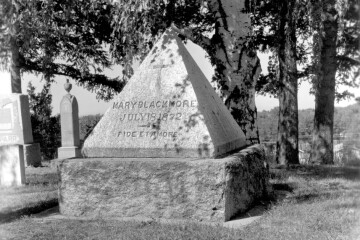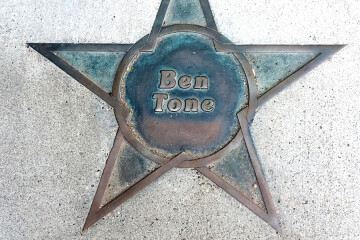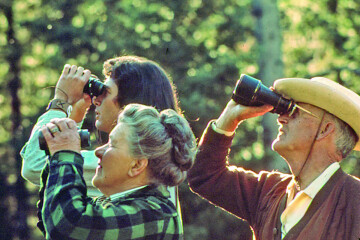A Brief History of Bozeman Movie Theaters
And that's the way we went to the movies
Who doesn’t love the classic date night of dinner and a movie? For over a century, people of all ages have flocked to movie theaters for an entertaining evening out. In honor of the generations of Bozemanites who frequented our community movie theaters over the last one hundred years, it’s worth a look back at the evolution of this classic entertainment institution.
The first moving picture venue in town was the Bozeman City Hall and Opera House, located on the southwest corner of Main Street and Rouse Avenue. The building was completed in 1890 and the versatile structure included city offices, the police department, the fire department, and an upstairs theater. The Opera House hosted mostly live theater and musical acts, but was adapted for film screenings in the late 1890s. In 1897, the first moving picture shown in Bozeman drew a crowd to the Opera House, where amazed attendees saw a film of the James Corbett vs Bob Fitzsimmons boxing match held in Nevada.
Motion pictures provided a whole new form of entertainment for local youth and families in the first decade of the twentieth century. The phenomenon sparked the creation of additional theaters in town to capitalize on this new form of popular culture. By 1912, downtown Bozeman was home to several movie houses, known by the whimsical names Star, Gem, Globe, and Lyric.
One of the first was likely the Star Theatre, located on the north side of Main Street between Bozeman and Rouse, near where the American Legion sits today. In a 1977 written reminiscence, local resident Malcolm Story noted that the Star had wooden benches. The theater boasted a balcony and a small stage, making it capable of showing movies and hosting live shows. The Lyric Theatre occupied the space after the Star closed, showing silent films to the Bozeman crowd.
In 1908, the Gem Theatre opened on the south side of Main Street between Tracy and Black Avenues, at what is today 18 E. Main. According to Bozeman resident Malcolm Story, the Gem featured “usherettes - an innovation in Bozeman.” In Story’s reminiscence, he noted; “I recall walking to the ‘movies’ there – we called them ‘moving pictures,’ the slang ‘movie’ was only brought to us about 1912...There was no sound – these films were ‘the silent screen,’ but ‘illustrated’ songs were frequently shown, with the vocalist on one side of the screen on stage at the footlights.”
The Globe Theatre was located just a block west of the Gem, on the south side of Main between Willson and Tracy. The Globe occupied the building at what is today 30 West Main Street, which was likely built by Bozeman undertaker George Safely in 1906. It is unclear whether the building was actually first used as an undertaking parlor, but by 1912 it had been adapted to show films. These early movie theaters were primitive by today’s standards, but they certainly opened up a whole new form of entertainment to Montanans.
In a 1976 oral history interview, Helen Noble Creasey remembered that she didn’t frequent movie theaters much until she was a teenager. To Helen and her friends, movie theaters were more for socialization than serious film viewing. “We used to go and get all involved in things that were going on around us and we were always, most always, asked to leave... We were noisy and ate corn and popcorn, chewed gum and all that... lots of youngsters went without their folks...” In her interview, Helen Creasey suggested that for teenagers like her in the 1910s and 1920s, the film itself was not the main attraction. “...the movie’s going on and then pretty soon, why, here would come a conversation between the actors and actresses. And that’s the way we went to the movies – that’s the reason we could pull such stunts.”
Because these early silent movies depended on live, in-house musicians to provide accompaniment, local pianists were essential to the experience. As a teenager in Three Forks, Vera Wilcox was a substitute piano player for silent films, a task that required quick thinking. “I didn’t know what was coming next as far as the screen was concerned, so I had quite a hassle with trying to make my music jive with what I was looking at... I don’t know how people liked it, but I got paid for it... If there were horses running, or anything like that, well, you had to be really fast with your fingers and sort of sound like the horses were galloping. And then for a love scene, why, you’d slow it down to sort of an easy number.”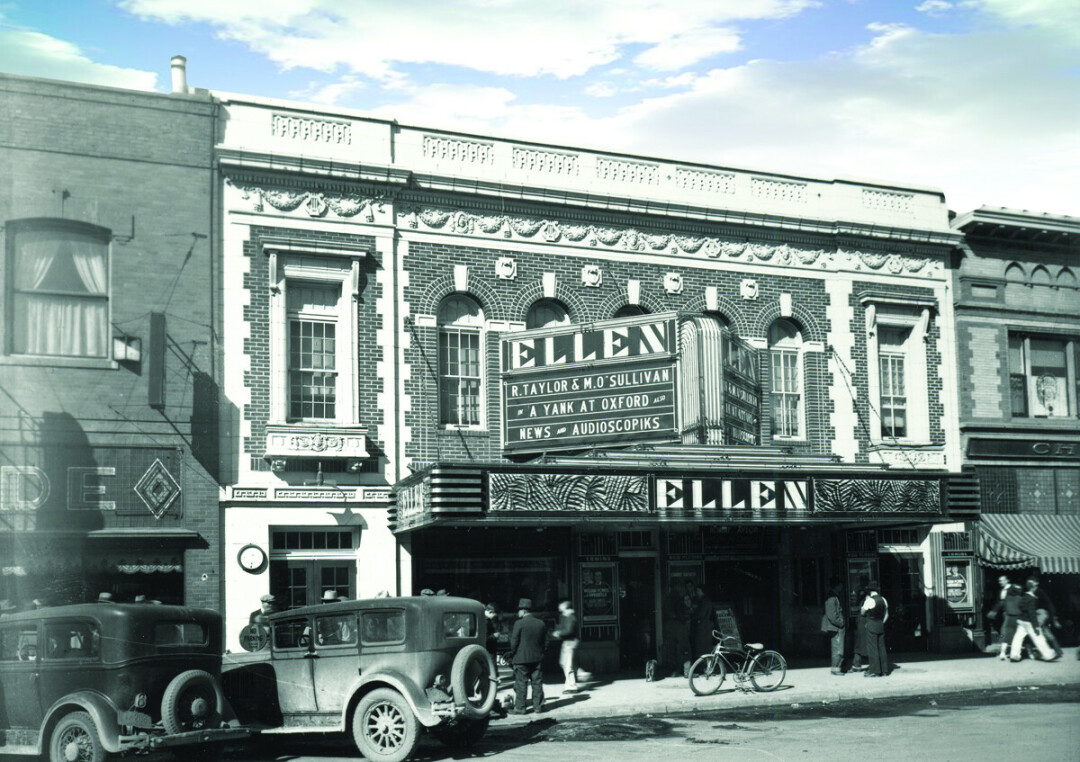
In Bozeman, Ed Pegram was undoubtedly the premier theater musician. He worked as theater manager at the Ellen Theatre and was a self-taught organist who played the famous Wurlitzer organ in the Ellen for decades. He frequently gave concerts, including a long-running show called the “Midnight Organ Hour.” According to a 1978 newspaper article, this “catered to the college crowd.”
The Ellen Theatre, constructed in 1919, was a notch above the Star, Lyric, Gem and Globe. It was named for Ellen Trent Story, wife of famed businessman and rancher Nelson Story, Sr. and grandmother to Malcolm Story. Built by Ellen’s sons Thomas Byron Story and Nelson Story Jr. and designed by famed local architect Fred Willson, the Ellen remains one of downtown’s crown jewels and is undoubtedly a local landmark.
Close in age to the Ellen, the Rialto Theater is another Bozeman institution. The Rialto was the first local theater purchased by Seattle native Alexander Milan Russell, who could be considered Bozeman’s movie theater mogul of the twentieth century. Russell began his career in Bozeman in architecture, where he worked for Fred Willson. He branched into the entertainment industry in the early 1920s when he purchased the Rialto Theater and moved it from the old Bozeman Opera House into a renovated former post office at 10 West Main Street. Less ornate than the Ellen, the Rialto has undergone several remodels over the decades, including the most recent facelift completed in 2018. Today, the Rialto and the Ellen are Bozeman’s oldest still-operating theaters.
A.M. Russell continued to expand his entertainment enterprise and purchased the Ellen in 1932. In 1938 he opened a third – the classy, Art Deco-style Joyce Theater. The Joyce was located on East Main Street, in almost the same location as the earlier Star and Lyric theaters. The Joyce was named for Russell’s young daughter, who was about twelve years old when it opened for business in 1938. Before it closed in the mid-1950s, the Joyce had the distinction of screening the first 3D movies in Bozeman. Decades later, the Montana Trails Gallery was the last business to operate in the former Joyce Theater before the building was destroyed in the 2009 natural gas explosion and fire on East Main Street.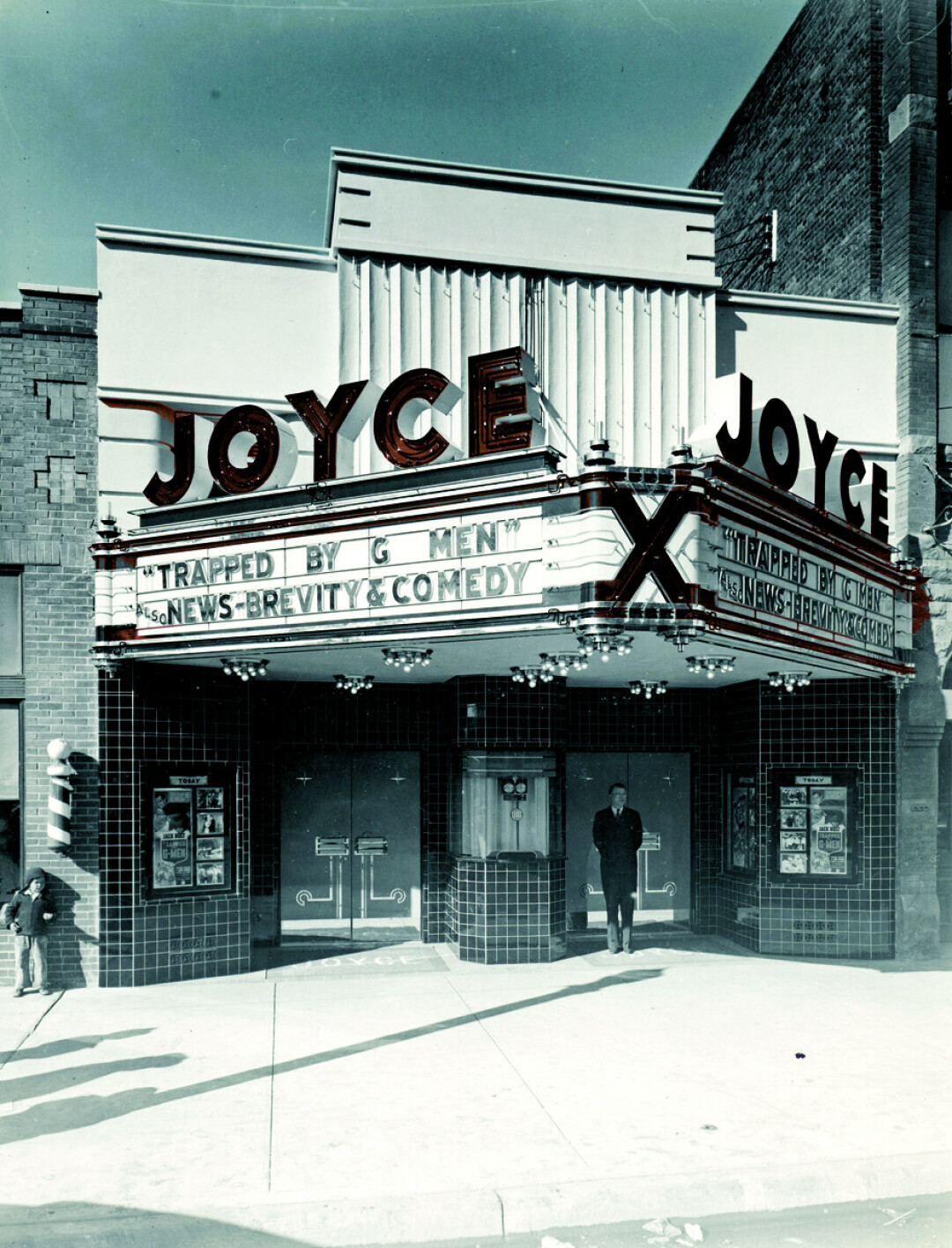
Just before Russell passed away at age 56 in 1950, he opened a fourth theater, the Starlite, Bozeman’s first drive-in theater. Drive-ins exploded in poularity in the mid-twentieth century, as the automobile changed American culture. Located outside of town at the north end of North 7th Avenue, the Starlite operated from about 1950 through the late 1980s. An eye-catching Starlite Drive-In Theatre sign along North Seventh welcomed patrons and pointed in the direction of the theater. The abandoned iconic sign remained along the highway after the theater ceased operations, but was rescued in the early 1990s. The Starlite Drive-In Theatre sign, and name, were resurrected in 2020, when a new version of the drive-in opened near Four Corners.
Later Bozeman movie theaters included TOI Cinemas I and II and the Campus Square Theater. TOI, or Theatre Operators Incorporated, took over operation of the Ellen, Rialto, and the Starlite in the late 1960s. In 1970, the group added a new multi-screen complex at 711 W. Main, current home of SCL Health. Cinemas I and II operated here near the intersection of 8th and Main until 1993, when Blockbuster Video moved into the building.
Campus Square, on South 11th Avenue near the MSU Fieldhouse, was operated by Carmike Cinemas. Carmike also operated the Ellen and Rialto theaters in the 1990s and early 2000s and enjoyed a local monopoly on movie theaters. Campus Square Theater on South 11th Avenue began showing movies in the mid-1990s, and was the place to go for multiple film screenings under one roof for the next fifteen years. Town and Country Foods later took ownership of the theater and transformed it into a grocery store, which opened in 2010.
Yet another theater innovation arrived in Bozeman in 2003 with the opening of Wallace Theater at the Gallatin Valley Mall. Wallace aimed to attract film buffs with its stadium seating and high-backed seats, and eventually replaced Campus Square as Bozeman’s largest theater complex. Today the theater is Regal Gallatin Valley Cinemas.
The Bozeman area has seen a resurgence in drive-in theaters in the last few years. Drive-ins bring nostalgia to adults and a unique experience to many children. The Ellen and Rialto theaters are well cared-for, and recent restorations to their exterior marquees have added to the historic character of downtown. Theaters like the Starlight, Joyce, TOI Cinemas I and II, and even Campus Square, live on in the memories of many who grew up in Bozeman.

